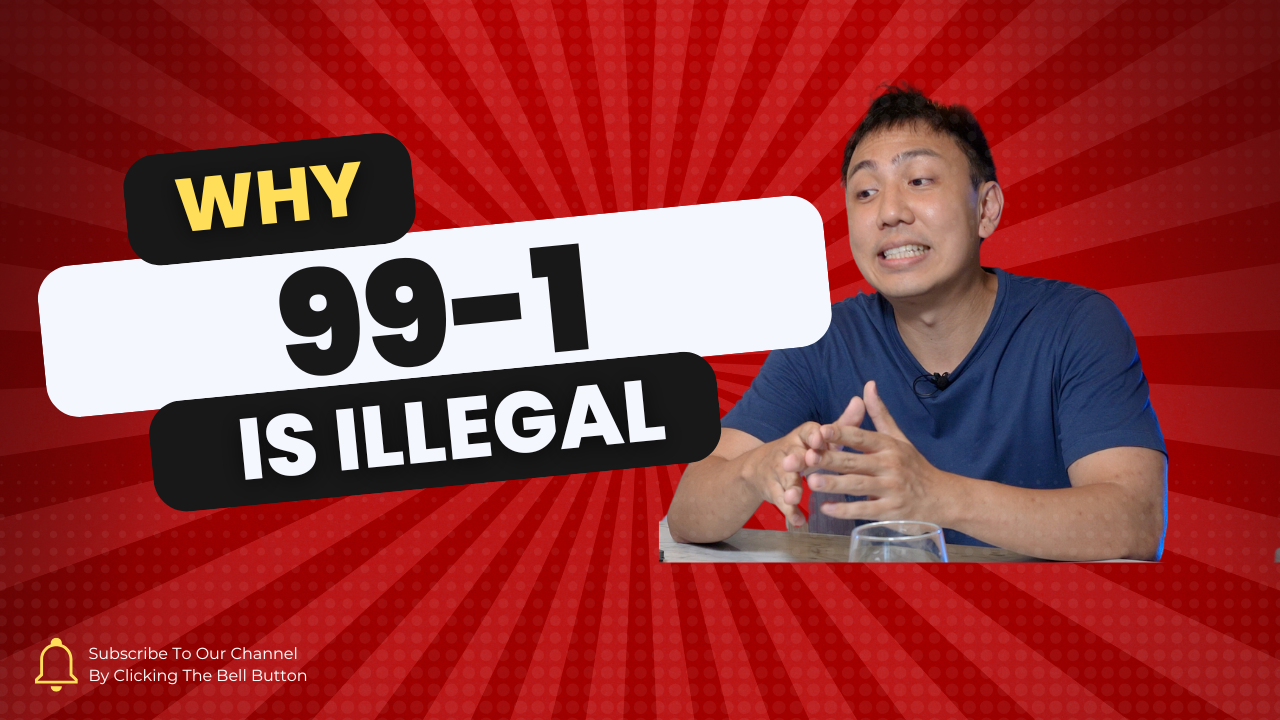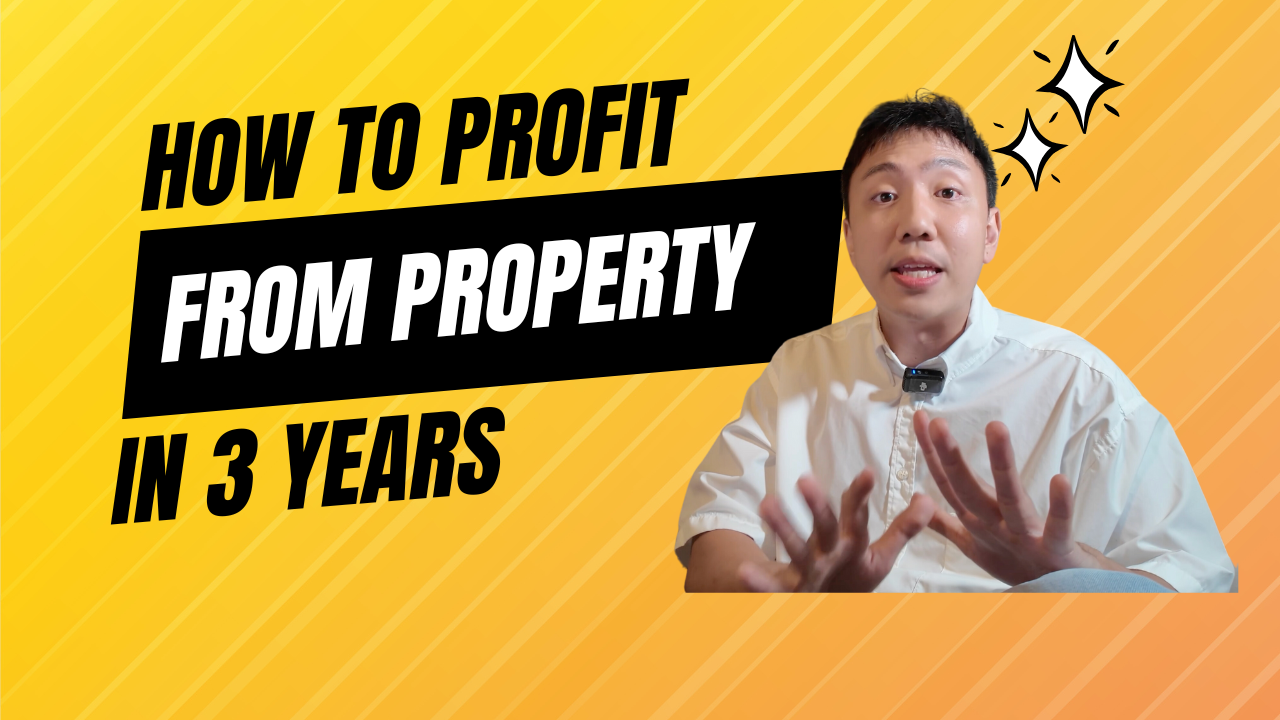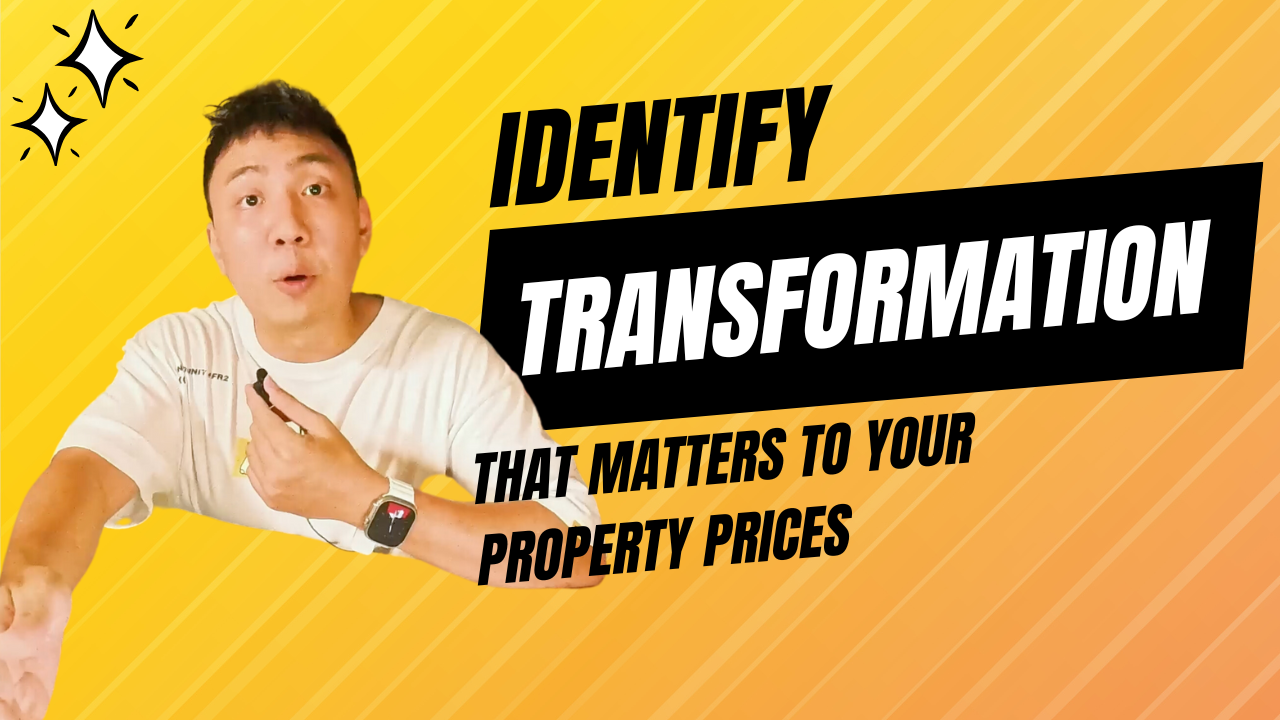Introduction to Decoupling Your Property in Singapore
Decoupling of Property in Singapore: A Strategic Way to Avoid ABSD
In Singapore’s property market, the Additional Buyer’s Stamp Duty (ABSD) can be a significant financial burden for those purchasing second or subsequent properties. To legally reduce or avoid ABSD, some homeowners opt for decoupling—a strategy where one owner transfers their share of a jointly owned property to the other, effectively making the transferee the sole owner. This allows the transferring party to buy another property without incurring ABSD.
Decoupling is a legal and tax-efficient method, but it involves careful planning due to costs like BSD (Buyer’s Stamp Duty), legal fees, and loan refinancing. This article explains how decoupling works, its process, and its pros and cons.
How Does Decoupling Work?
Decoupling involves restructuring property ownership so that one spouse (or co-owner) transfers their share to the other, leaving only one legal owner.Example Scenario:
– A married couple jointly owns a condo (50-50).
– They decide to transfer the wife’s 50% share to the husband, making him the sole owner.
– The wife is now “property-less” and can buy a new home without paying ABSD (since ABSD applies only to those who already own at least one residential property).
—
The Decoupling Process
Step 1: Check Eligibility & Financing– Ensure the remaining owner can qualify for a home loan to refinance the property (if there’s an existing mortgage).
– If the property is under CPF usage, check if CPF refunds are required.
Step 2: Engage a Lawyer
– A conveyancing lawyer handles the legal transfer.
– They will prepare the **Deed of Transfer** and submit it to IRAS for stamp duty assessment.
Step 3: Pay Stamp Duties
– Buyer’s Stamp Duty (BSD) applies to the transferred share (based on market value or purchase price, whichever is higher).
– No Seller’s Stamp Duty (SSD) if the property was held for more than 3 years.
Step 4: Refinance the Property (If Needed)
– If there’s an outstanding mortgage, the remaining owner may need to take over the full loan.
– Banks will reassess the borrower’s income and eligibility.
Step 5: Complete the Transfer
– Once stamp duties are paid and financing is settled, the transfer is registered with the Singapore Land Authority (SLA).
—
Pros of Decoupling
✅ Avoid ABSD on Second Property – The transferring owner can buy a new property without paying hefty ABSD (e.g., 20% for Singaporeans).✅ Retain Existing Property – The couple keeps their first home while expanding their portfolio.
✅ Legal & IRAS-Compliant – Unlike illegal schemes (e.g., 99-1), decoupling follows tax laws.
Cons of Decoupling
❌ Upfront Costs – BSD, legal fees, and refinancing costs can add up.❌ Loan Restrictions – The remaining owner must qualify for a full mortgage.
❌ CPF Refunds Required – If CPF was used, the transferring owner must refund the withdrawn amount plus accrued interest.
❌ Risk of Disputes – If the marriage turns sour, the sole owner legally controls the property.
—
Is Decoupling Worth It?
Decoupling makes financial sense only if the ABSD savings outweigh the transfer costs**. Couples should:✔ Calculate total expenses (BSD, legal fees, CPF refunds).
✔ Check loan eligibility before proceeding.
✔ Consult a property tax specialist for personalized advice.
—
Final Thoughts
Decoupling is a legitimate strategy to optimize property ownership in Singapore, but it requires careful financial planning. For investors looking to expand their real estate portfolio without heavy taxes, decoupling can be a smart move—if done correctly.






